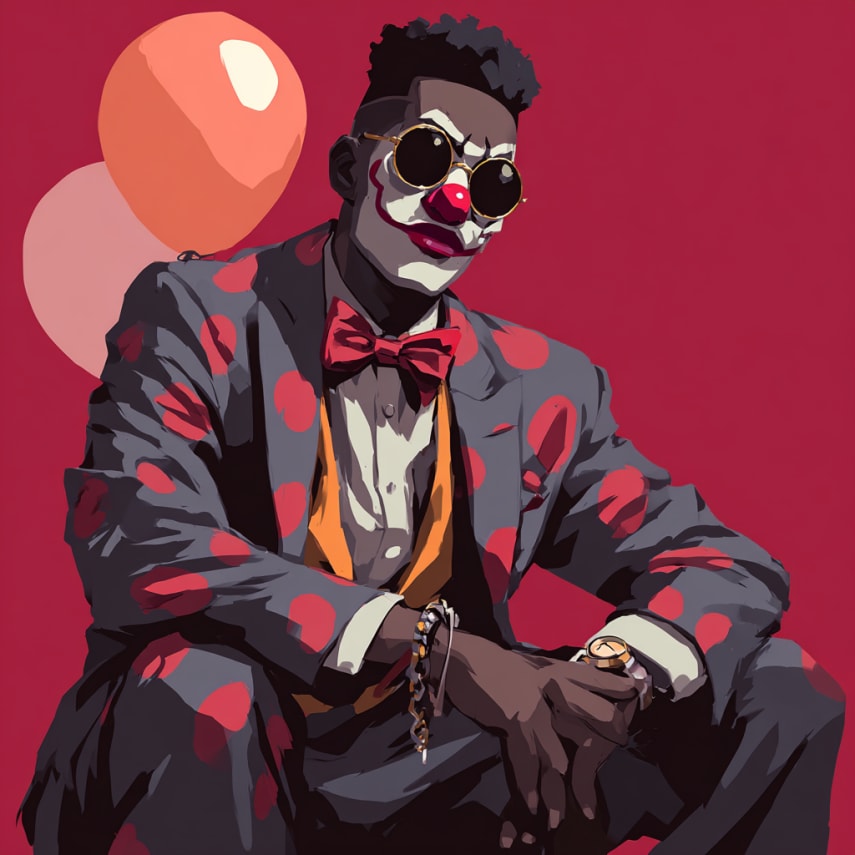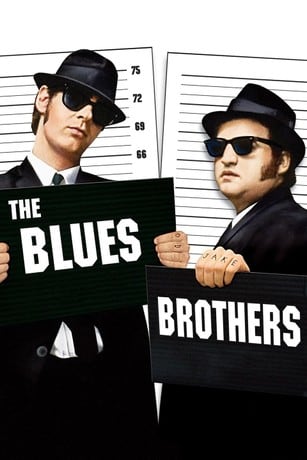Published on September 17, 2025 7:28 PM GMT
When it comes to epistemics, there is an easy but mediocre baseline: defer to the people around you or the people with some nominal credentials. Go full conformist, and just agree with the majority or the experts on everything. The moon landing was definitely not faked, washing hands is important to stop the spread of covid, whatever was on the front page of the New York Times today was basically true, and that recent study finding that hydroxyhypotheticol increases asthma risk among hispanic males in Indianapolis will definitely replicate.
Alas, memetic pressures and credential issuance and incentives are not particularly well aligned with truth or discovery, so this strategy fails predictably in a whole slew of places.
Among those who strive for better than baseline epistemics, nonconformity is a strict requirement. Every single place where you are right and the majority of people are wrong must be a place where you disagree with the majority of people. Every single place where you are right and so-called “experts” are wrong is a place where you disagree with the “experts”.
And standard wisdom is that visibly disagreeing with the mainstream costs social weirdness points. Say that one story in the Times is basically wrong, and people might listen. Say that most stories in the Times are basically wrong, and people start to think you’re a conspiracy theorist. Spend too many weirdness points, diverge from “normal” in too many ways, and your social status sinks.
And most humans feel really, really awful when their social status sinks. Which means they feel pressure not to spend too many weirdness points, and thus pressure to not disagree too much with the perceived majority or experts.
But there’s a great big giant underutilized loophole: coolness.
Coolness = Status Countersignalling
Coolness is simultaneously high status and inherently opposed to mainstream conformism. What’s up with that?
On my current understanding, coolness is status countersignalling. If a low status guy shows up to school in a clown suit, it’s mildly cringe and low status. If a sufficiently high status guy shows up to school in a clown suit, it’s a statement: it says “I am so high status that I can show up in a clown suit and nobody will confuse me with a low status guy”. It therefore reinforces high status. That dynamic is what coolness is centrally about: it’s being sufficiently high status that one can do normally-status-lowering things, and it only serves to reinforce one’s high status.
… which is easier than it sounds.
We no longer live in the tribes of ~150 people for which our instincts evolved. Modern humans spend far more time than our ancestors around people who we do not know well - people who we’ve never met, or people who we’ve seen before but never talked to, etc. Which means that our social status is much more flexible than we instinctively feel! In a setting where most people do not know each other well, status is mostly guessed from appearance and bearing and presentation, as opposed to memories of past interactions. Change your appearance and bearing and presentation, and you change your status.
How to Pull Off The Clown Suit

Above all, one must wear the clown suit confidently. Remember, the clown suit is meant to make a statement: “I am so high status that I can show up in a clown suit and nobody will confuse me with a low status guy”. When someone honestly feels that in their bones, knows in their heart that they really are that high status and can pull it off… what do they feel while strutting about in the clown suit?
Proud and smug. They feel a little proud, because they know full damn well that they can pull off the clown suit. Not only are they not hiding, they want everyone to see it. And they feel a little smug, because they know that other people can’t pull it off.
You need to feel the pride and the smugness, and you need to let them leak a little. Let the people see that you’re not just not ashamed of the clown suit, you’re proud and smug about the clown suit. Don’t flaunt it; flaunting is itself a hallmark of low status. You’re not that desperate. Just leak a little whiff. And when people notice that whiff of pride and smugness, they’ll subconsciously think “damn, that guy must actually be really high status”. Even if they’d otherwise have tagged you as low status, once they catch that whiff they’ll be worried that you know something they don’t.
Looking Good
Admittedly, leaking a little pride and smugness is not sufficient by itself to make the clown suit cool. It’s usually the final bottleneck and the biggest component, but there are other necessary elements.
Remember: in a setting where most people do not know each other well, status is mostly guessed from appearance and bearing and presentation. If one flubs the other aspects of appearance and bearing and presentation sufficiently badly, then the whiff of pride and smugness will come off as delusional.
Obviously, being physically attractive is a big piece. As a general rule, for both sexes, the lowest ~third of attractiveness ratings are defined mainly by being visibly overweight. (You can see this e.g. by glancing at Aella’s posts on face ratings.) If you are visibly overweight, it’s going to be a hell of a lot harder to pull off coolness in person. Not impossible, but a lot harder.
On the other end of the spectrum, if you are a visibly jacked male or visibly hourglass-shaped female, with clear skin and a symmetric face… coming off as cool in person is likely to be very easy. You can be missing other standard pieces and still pull it off.[1]
Then there’s presentation. All the usual skills of charisma are relevant in person, and even in writing (like this post!) many remain relevant. It’s a lot easier to come off as cool if you’re an engaging conversationalist/speaker/writer. That’s a topic with a lot of depth, so I’m not going to try to go into here; if you want to learn those sorts of social skills to an unusually high skill level, pick up artists are a useful source. They have very good feedback loops and many of them love to spread what they’ve learned. Personally, the single largest boost to my social skills came from an hour-long talk/workshop twenty years ago, which (I only later realized) was basically PUA-101 but with the sex/escalation parts stripped out so that it was focused on general-purpose social skills.
Finally, of course, appearance is largely about clothes. And because useful nonconformism does not usually involve literally wearing a clown suit, clothes are one of the main tools we can use to signal coolness.
Dressing The Part
You probably already have some intuitions for coolness of clothes. Leather jackets and sunglasses are cool. A suit and tie is high status, but usually not cool. An old poorly-fit t-shirt is neither.
Isn’t it kinda weird that there are standard wardrobe items which signal coolness, if the whole point of coolness is to be nonconformist in order to countersignal?
The system works mainly because the suit and tie exist. Many institutions offer status in exchange for conformity, and the suit and tie are the wardrobe component of that deal. The people who take that deal do not have the option of leather jacket and sunglasses; if they stop conforming with the suit and tie (among many other things), they lose their status. So, wearing a leather jacket and sunglasses can signal nonconformity, even though the leather jacket and sunglasses is itself a standard outfit.
Crucially, the leather jacket and sunglasses also signal status. If someone doesn’t look confident enough or attractive enough, a leather jacket can come off as trying too hard, rather than cool.

Of course, there are lots of other options besides literally just a leather jacket. As a general rule, any outfit which makes people ask “are you in a band?” signals coolness. Personally, I usually wear all black, including suit pants and jacket from a tailor in Shanghai[2], Converse sneakers, a black hat, and sunglasses. People ask me all the time if I’m in a band, and say I look like either The Blues Brothers or Kid Rock.

On the flip side, if you’re aiming for coolness, you probably want to avoid dressing too conformishly, even if the outfit is high status. Don’t go standard suit and tie. If people are reading you as conformishly high status, then it’s going to come off as weird when you start nonconforming. You want your clothes to broadcast in advance “I’m going nonconform as a high status countersignal”. Remember, you’re a little proud and smug about it, you want them to know about it and see it coming. You’re not one of those suit and tie losers, and you want it to be obvious to everyone that you’re not one of those suit and tie losers.
Beyond Nonconformist Takes
If you’re secure in your coolness, and accustomed to treating normally-status-lowering moves as countersignals, it unlocks other epistemic benefits.
For instance, I have occasionally been known to update in realtime in conversation, when I’m wrong about something which I’ve defended at length previously[3]. Internally, a load-bearing part of that is “I must not be seen hesitating to make this obviously-correct but normally-status-lowering move, because hesitating would mean I’m scared to lose status and therefore not securely cool”. My felt social pressures flip from “I must not update” to “I must not hesitate to update”.
More generally, countersignalling can flip the sign on social perceptions. Saying the thing everyone was thinking might flip from cringe to chad. Taking a risk might flip from a sign of desperation to exactly what was expected. Emotional vulnerability might flip from a sign of weakness to a sign of bravery.
… and conveniently, when one does conform, people rarely notice. So there’s an asymmetry in those sign flips: it’s cheap to ignore most cases where a sign flip is inconvenient.
Coolness is a foundation which allows a lot more social freedom.
- ^
As with the clown suit, if you’re attractive and you know it, you should feel a little proud and smug any time you get a socially-acceptable excuse to be naked or scantily clad around other people. If any of you were at Metagame 2025 last weekend and saw me taser-knife-fighting in my underwear in the central courtyard at Lighthaven, now you know why I feel totally fine with taking my clothes off in public.
- ^
Getting your clothes tailored or adjusted to fit properly is probably the single highest-value thing you can do to look good via clothing.
- ^
Nate vouches for such an occasion here.
Discuss

